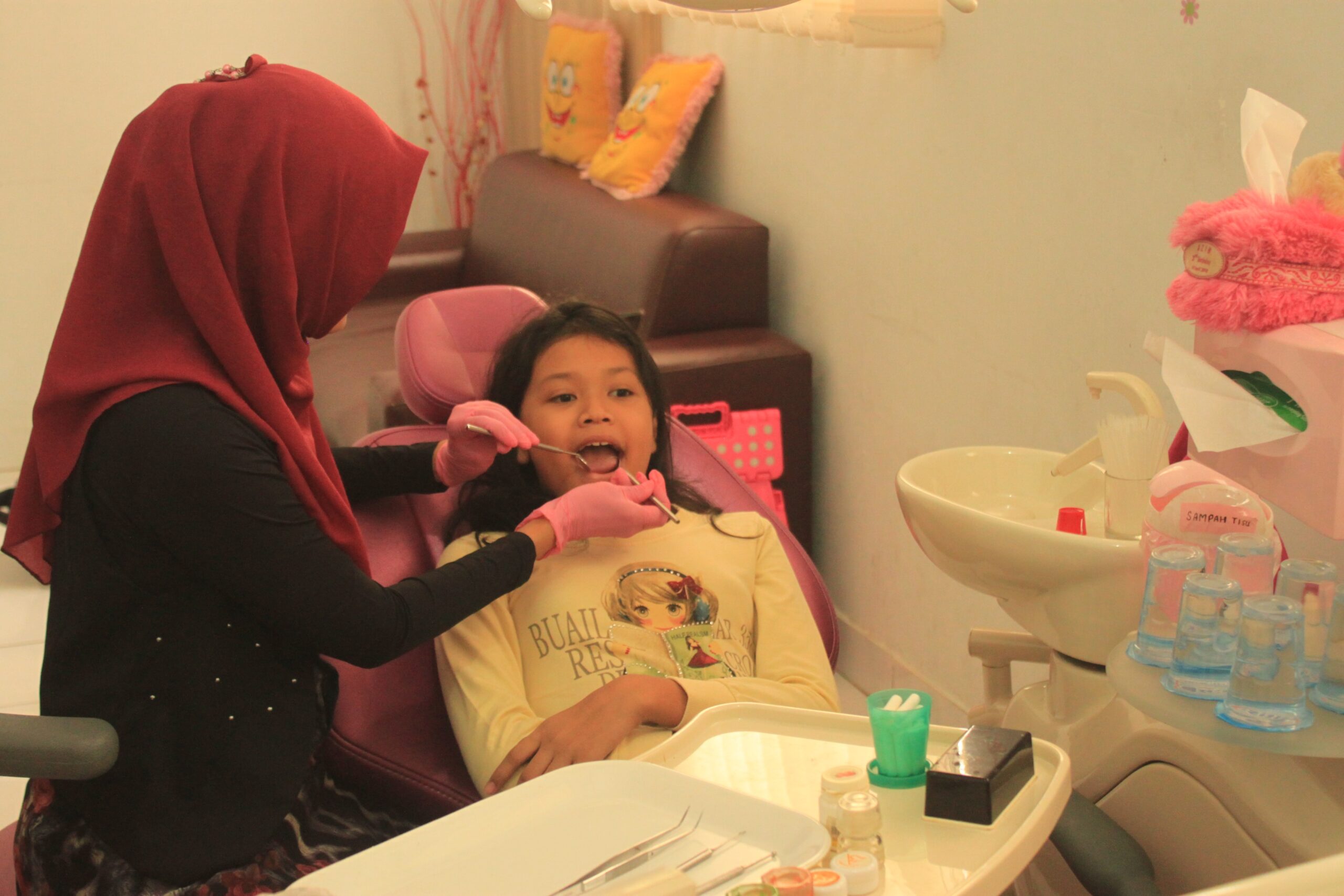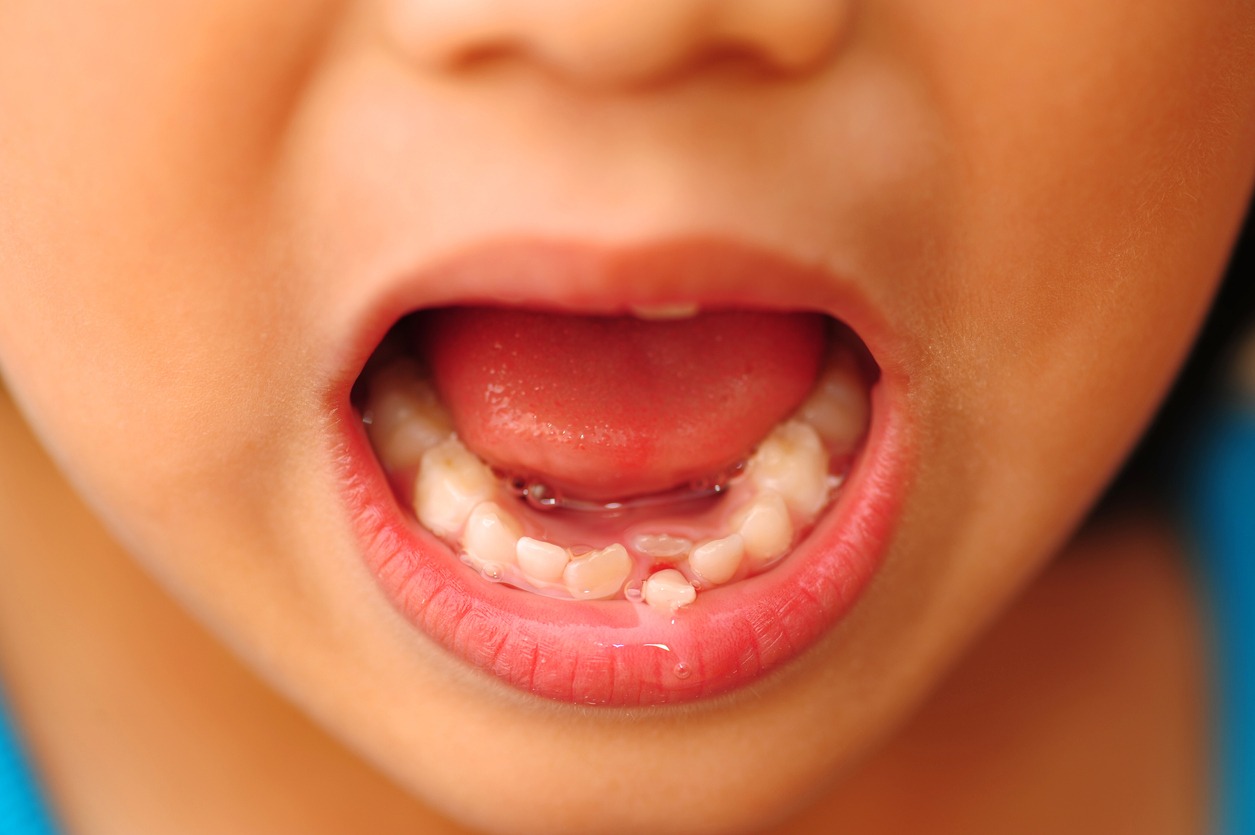Introduction
Has your child expressed concern that one of their baby teeth is beginning to come loose? If this is the case, there is a good chance that they can hardly think about anything else! There is a tendency for baby teeth to fall out on their own, but there are occasions when they require a little assistance. Continue reading to find out how to safely remove a loose tooth from your child’s mouth.
When Do Baby Teeth Need to Be Extracted?
However, there are times when teeth don’t fall out as easily as we had hoped they would. Therefore, you may be considering whether or not you should go ahead and pull the tooth yourself. It is strongly advised that you do not attempt to remove the teeth on your own. It is recommended that rather than forcibly removing the tooth, the patient waits for it to fall out on its own. Although we are aware that there is a possibility that your child might look a little bit odd with a tooth hanging out, there is no benefit, from an aesthetic standpoint to pulling your child’s teeth apart.
If your child’s tooth isn’t ready to be extracted, there are a variety of risks associated with pulling it before it’s ready. Performing the extraction of a baby tooth on your can:
- You run the risk of upsetting your child in addition to experiencing excessive bleeding, which is something you do not want to have to deal with.
- Damage the gum tissue, which can lead to problems later in life and eventually become an expensive problem to fix.
- Contribute to the spread of infection. Your child may experience a great deal of discomfort because of the infection, in addition to having the gums become damaged. When a mouth is infected, pain is typically the first symptom that appears. You are going to have to go to the doctor to get the infection treated, which will, of course, cost you money.
- Please keep in mind that you should get in touch with a dental team as soon as possible if your child ever complains of pain in their mouth. Pain is a signal that something is not quite right. It is necessary to seek treatment for whatever is causing this pain because it will never go away on its own.
Best and Easy Ways to Pull Out a Loose Tooth
If your child’s tooth is loose, you should wait to pull it until it falls out on its own. It is highly recommended that you seek the assistance of a dentist if you are unable to pull the loose tooth easily. However, if you want to pull out a loose tooth, you can make the process as painless as possible by following some advice that has been provided here.
1. Wiggle the Tooth
Instruct your child to use their tongue or fingers to move the loose tooth around in their mouth. They can continue to wiggle it throughout the day until the loose tooth falls out, but they should check to make sure that the wiggles aren’t giving them any discomfort.
2. Rub Oral Analgesic
You can numb the area with some oral analgesic if wiggling the loose tooth causes some pain or if your child is afraid of pulling out his loose tooth. Also, if wiggling the loose tooth causes some pain, your child may be afraid of pulling out his loose tooth. If they are very anxious about having their loose tooth extracted, you can also give them pain medication to help ease their discomfort.
3. Try Hard and Crunchy Food
Provide your child with some foods that are crunchy and hard for them to bite on. Consuming foods that are both hard and crunchy, such as apples, carrots, and celery, will help loosen the tooth. However, you should check to ensure that it does not cause any discomfort or damage to the gums in any way.
4. Use Floss
When a tooth is very loose but still stubbornly refuses to fall out on its own, flossing is the most effective way to remove it. Therefore, instruct your child to thread the floss in the space between the tooth that is loose and the tooth that is adjacent to it. Make small, back-and-forth motions with the floss to attempt to create a curve at the base of the loose tooth.
5. Use Sterile Gauze
If the tooth of your child is loose enough to be extracted without any pain, you can use a piece of gauze that has been sterilized to hold the tooth and twist it to extract the tooth easily. Next, while twisting the loose tooth, use movements to the left and right, as well as back and forth, to remove any existing tissue that is keeping the tooth and gum attached.
6. Visit a Dentist
Take your child to the dentist if the tooth will not come out easily or if it is causing him some pain. A dentist will be able to remove the loose tooth in a way that is painless by using the proper technique. They will administer an anesthetic so that your child will experience no discomfort during the procedure.
Don’ts of Pulling a Baby Teeth
1. Don’t use old-fashioned approaches
Theoretically amusing methods, such as tying a string to the child’s tooth and a doorknob, have the potential to be extremely upsetting for the child. This may cause them to develop anxiety about the prospect of losing additional baby teeth in the future. Because of this, it is essential to go about things in a way that is kind and supportive.
2. Don’t force your child to pull it out if it isn’t ready
It is critical to exercise patience regardless of whether the tooth is just beginning to become dislodged or is barely holding on by a thread. The majority of baby teeth fall out on their own, especially when a permanent tooth is getting closer to taking up the space occupied by the baby tooth. Before you try to pull one of your child’s teeth out on your own, you should consult with your child’s dentist first if there is a tooth that is especially difficult to remove.
3. Don’t neglect oral hygiene
Children frequently develop some level of sensitivity around their loose tooth, and they may also develop a fear that brushing will pull the tooth out. On the other hand, it is of the utmost importance that they keep brushing their teeth. Encourage them to brush their teeth carefully for a full two minutes, at least twice daily, so that their teeth can continue to be healthy.
Conclusion
Losing one’s baby teeth is a significant event in a child’s development as they move closer to becoming an adult. They must adhere to the best ways and don’ts listed above if they are to avoid this situation turning into a frightening experience or an event that causes them to feel anxious about visiting the dentist in the future. Your child will be able to look forward to the process of developing their new smile in this way.


